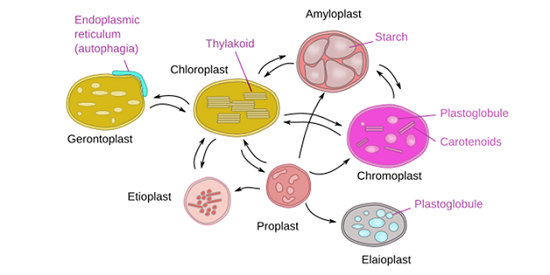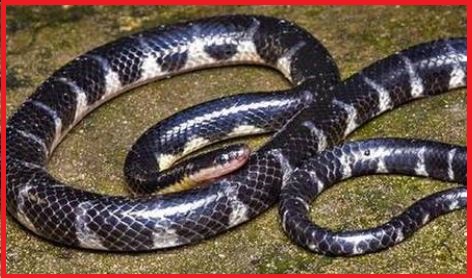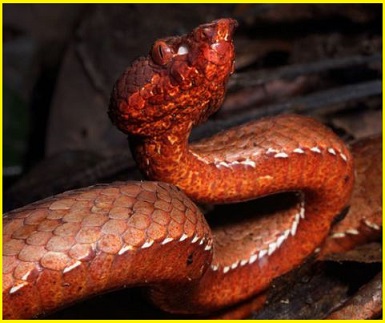Updated By: LatestGKGS Desk
Biology: Plastids Definition, Function and Structure

Biology: Plastids Definition, Function, Structure, mesophyll cell, and pigment Plastids
The plastid was derived from the Greek word plastics which was formed or molded. Plastids are found in all plant cells and algae. These are easily observed under the microscope as they are large. They are the site of manufacture and storage of important chemical compounds used by the cell.
They often contain pigments used in photosynthesis, and the types of pigments can change or determine the color of the existing cell. Depending on the type of pigment Plastids can be classified into the chloroplasts, chromoplasts, and leucoplasts.
Chloroplasts have chlorophyll and carotenoid pigments, which are responsible for trapping the required light energy for photosynthesis. In the chromoplasts fat-soluble carotenoid pigments such as carotene, xanthophylls, and others are present.
It gives a yellow, orange or red color part of the plant. The leucoplast stores are the colorless plastids of different shapes and sizes with nutrients: Amyloplasts store carbohydrates (starch), e.g., potato; elaioplasts store fats and oils while the aleuroplasts store proteins. Majority of the chloroplasts of the green plants are found in mesophyll cells of the leaves. These are lens-shaped, discoid, spherical or oval.


